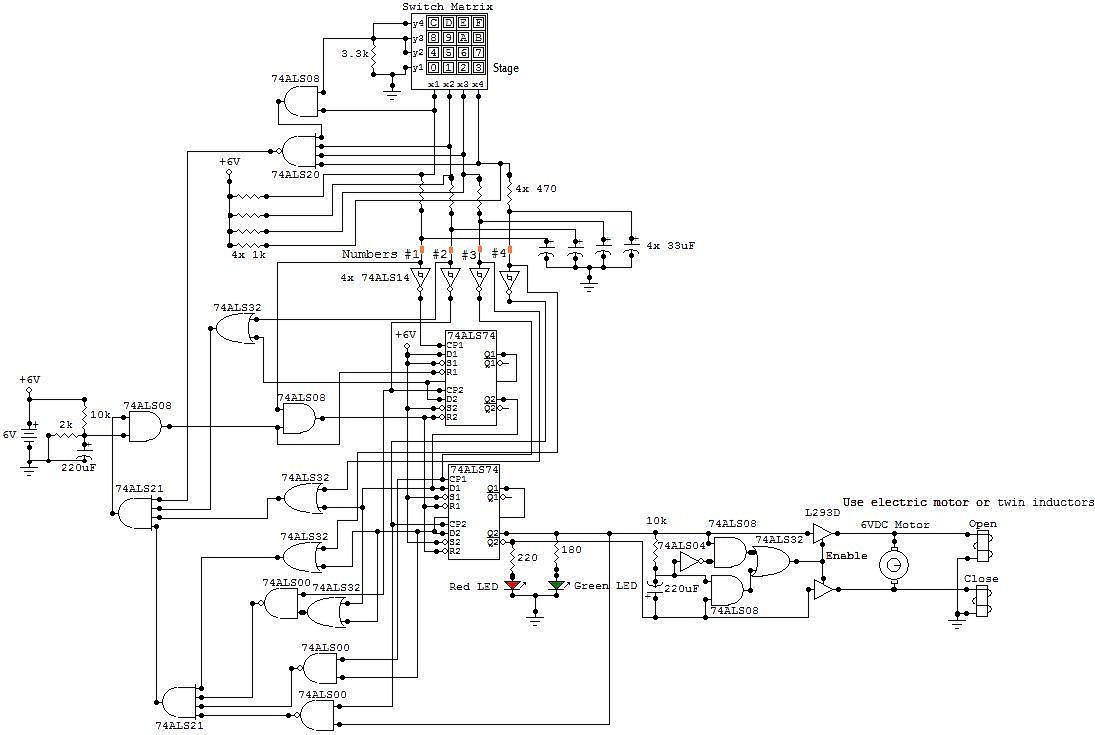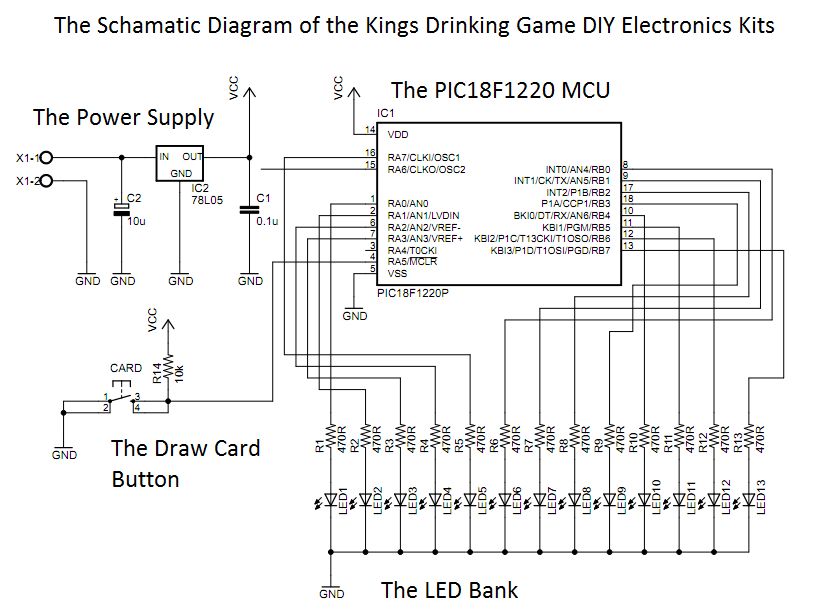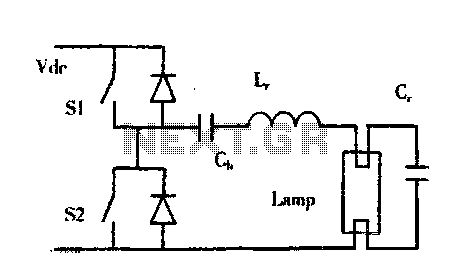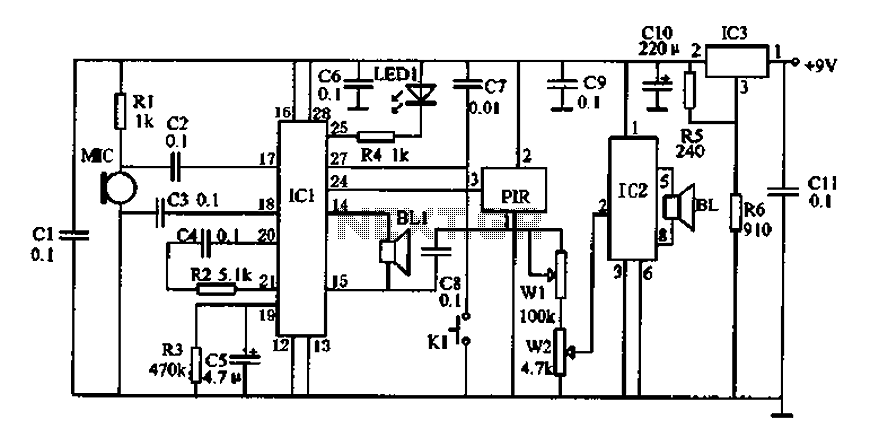
Electronic Coin Toss

This is an electronic coin toss circuit that utilizes a CD4049 integrated circuit (IC), which functions as a hex inverting buffer and TTL driver. The CD4049 contains six independent buffers that can be employed in various configurations, such as simple inverters, voltage translators, or current drivers for interfacing with TTL or other logic levels. The gates IC1 and IC2 of the IC, along with a resistor-capacitor network, form a relaxation oscillator. Gate IC3 serves as a buffer to isolate the oscillator from the load. Gates IC5 and IC6 are configured as a flip-flop, where LEDs will illuminate (indicating either heads or tails) when the output of the corresponding gate is high. The output of the flip-flop will only change states when the inputs applied are complementary logic levels, such as high and low, for which gate IC4 is utilized.
The electronic coin toss circuit operates using the CD4049 IC, which is known for its versatility in handling various logic functions. The circuit leverages the properties of the hex inverter to create a simple yet effective coin toss simulator. The relaxation oscillator formed by gates IC1 and IC2 generates a square wave signal, which is essential for providing a random-like output to simulate the unpredictability of a coin toss.
The buffer IC3 plays a crucial role in ensuring that the oscillator's output does not affect the performance of the subsequent stages of the circuit. This isolation is important for maintaining signal integrity, especially when driving loads that may otherwise introduce noise or distortion to the oscillator signal.
The flip-flop configuration using gates IC5 and IC6 allows for a stable output that can indicate the result of the coin toss. When the circuit is activated, one of the LEDs will light up based on the current state of the flip-flop, representing heads or tails. The use of gate IC4 to manage the input logic levels ensures that the flip-flop only toggles its state when appropriate transitions occur, thus preventing false triggering and ensuring reliable operation.
Overall, this coin toss circuit exemplifies a practical application of digital electronics, showcasing how basic components can be combined to create a functional and entertaining device. The design is straightforward, making it an excellent project for those looking to enhance their understanding of digital logic and circuit design.This is electronic coin toss circuit using one CD4049 IC (Hex inverting buffer and TTL driver). This IC has six buffers and it may be used independently. The buffers may be used as simple inverters, as voltage translators, or as current drivers for interfacing TTL or other logic. The gate IC1 and IC2 of the IC and resistor condenser network from a relaxation oscillator. Gate IC3 of the IC is a buffer which isolates the oscillator from the load. Gates IC5 and IC6 are wired as a flip-flop. The LEDs will glow (either head or tail) when the corresponding gate`s output is high. The output of flip-flop will change states only when the input applied are compliment logic levels, example: high and low. For this gate IC4 is used. We aim to transmit more information by carrying articles. Please send us an E-mail to wanghuali@hqew. net within 15 days if we are involved in the problems of article content, copyright or other problems.
We will delete it soon. 🔗 External reference
The electronic coin toss circuit operates using the CD4049 IC, which is known for its versatility in handling various logic functions. The circuit leverages the properties of the hex inverter to create a simple yet effective coin toss simulator. The relaxation oscillator formed by gates IC1 and IC2 generates a square wave signal, which is essential for providing a random-like output to simulate the unpredictability of a coin toss.
The buffer IC3 plays a crucial role in ensuring that the oscillator's output does not affect the performance of the subsequent stages of the circuit. This isolation is important for maintaining signal integrity, especially when driving loads that may otherwise introduce noise or distortion to the oscillator signal.
The flip-flop configuration using gates IC5 and IC6 allows for a stable output that can indicate the result of the coin toss. When the circuit is activated, one of the LEDs will light up based on the current state of the flip-flop, representing heads or tails. The use of gate IC4 to manage the input logic levels ensures that the flip-flop only toggles its state when appropriate transitions occur, thus preventing false triggering and ensuring reliable operation.
Overall, this coin toss circuit exemplifies a practical application of digital electronics, showcasing how basic components can be combined to create a functional and entertaining device. The design is straightforward, making it an excellent project for those looking to enhance their understanding of digital logic and circuit design.This is electronic coin toss circuit using one CD4049 IC (Hex inverting buffer and TTL driver). This IC has six buffers and it may be used independently. The buffers may be used as simple inverters, as voltage translators, or as current drivers for interfacing TTL or other logic. The gate IC1 and IC2 of the IC and resistor condenser network from a relaxation oscillator. Gate IC3 of the IC is a buffer which isolates the oscillator from the load. Gates IC5 and IC6 are wired as a flip-flop. The LEDs will glow (either head or tail) when the corresponding gate`s output is high. The output of flip-flop will change states only when the input applied are compliment logic levels, example: high and low. For this gate IC4 is used. We aim to transmit more information by carrying articles. Please send us an E-mail to wanghuali@hqew. net within 15 days if we are involved in the problems of article content, copyright or other problems.
We will delete it soon. 🔗 External reference





